Study Suggests Tires Create More Pollution Than Exhaust Emissions

Anyone who’s laid a substantial amount of rubber in a local parking lot will tell you that the scent emitted doesn’t smell particularly healthy for the environment (burnt clutch smell is even less appealing — don’t ask how I know). And while the typical driver doesn’t burn through tires via successive smoke shows, regular road use effectively does the same thing over a much longer timeline — and a new study claims it’s up to 1,000 times worse than what actually comes out of a vehicle’s exhaust system.
The report, penned by UK-based independent research firm Emissions Analytics, has circulated within the media for a few days and claims that pollution stemming from tire and brake wear is a growing problem. With European lawmakers clamping down on tailpipe emissions, the firm suggests “non-exhaust emissions” will be the next big regulatory challenge.
From Emissions Analytics:
Non-exhaust emissions (NEE) are particles released into the air from brake wear, tyre wear, road surface wear and resuspension of road dust during on-road vehicle usage. No legislation is in place to limit or reduce NEE, but they cause a great deal of concern for air quality.
NEEs are currently believed to constitute the majority of primary particulate matter from road transport, 60 percent of PM2.5 and 73 percent of PM10 — and in its 2019 report ‘Non-Exhaust Emissions from Road Traffic’ by the UK Government’s Air Quality Expert Group (AQEG), it recommended that NEE are immediately recognised as a source of ambient concentrations of airborne particulate matter, even for vehicles with zero exhaust emissions of particles — such as EVs.
While the data seems legitimate, it should be said that the particulate matter that’s causing alarm likely doesn’t contribute to climate change. The Environmental Protection Agency (EPA), however, has faulted PM2.5 and PM10 for posing health risks, as both are easily inhaled.
As for the role of electric vehicles, Emissions Analytics cites them as part of the problem. Despite shifting their emissions to the nearest power station, added battery weight means EVs tend to be heavier than a similarly sized internal combustion vehicles. Weight turns out to be one of the best predictors of how much non-exhaust emissions an automobile will emit. That led analysts to similarly point to the crossover trend, which has also pushed consumers into heavier vehicles.
For testing purposes, Emissions Analytics used a “popular family hatchback running on brand new, correctly inflated tyres.” It found the car emitted 5.8 grams per kilometer of particulate matter vs the regulated exhaust emission limit of 4.5 milligrams per kilometer. It plans on doing additional testing moving forward, claiming that it has uncovered a serious oversight in the market’s regulatory activities.
“It’s time to consider not just what comes out of a car’s exhaust pipe but particle pollution from tyre and brake wear. Our initial tests reveal that there can be a shocking amount of particle pollution from tyres — 1,000 times worse than emissions from a car’s exhaust,” Richard Lofthouse, Senior Researcher at Emissions Analytics, stated. “What is even more frightening is that while exhaust emissions have been tightly regulated for many years, tyre wear is totally unregulated — and with the increasing growth in sales of heavier SUVs and battery-powered electric cars, non-exhaust emissions (NEE) are a very serious problem.”
Another issue was the prevalence of cheap rubber, which have a tendency to create more airborne particles than something with a little more grip. However, much of this can be mitigated by where and how you drive. Putting more heat into the tires and brakes translates into worsened emissions, but there are more ways to do that than simply treating nearby roads as your own personal racetrack. Heavier vehicles with larger tires will emit more NEE by default and EVs with aggressive regenerative braking settings could nudge up the parts per million over something with a little less rolling resistance.
Previous studies would seem to indicate that non-exhaust emissions are a larger issue in an urban environment. In addition to there being more people to inhale said particulate matter, higher density traffic has a tendency to kick it up into the air and channel it into residential areas. Meanwhile, rural settings will see more particulate settling by the roadside, far from the places people actually live.
We’ve reached out to Emissions Analytics to gain some insight into the methodology used for testing and will update this article accordingly.
[Image: FCA]

A staunch consumer advocate tracking industry trends and regulation. Before joining TTAC, Matt spent a decade working for marketing and research firms based in NYC. Clients included several of the world’s largest automakers, global tire brands, and aftermarket part suppliers. Dissatisfied with the corporate world and resentful of having to wear suits everyday, he pivoted to writing about cars. Since then, that man has become an ardent supporter of the right-to-repair movement, been interviewed on the auto industry by national radio broadcasts, driven more rental cars than anyone ever should, participated in amateur rallying events, and received the requisite minimum training as sanctioned by the SCCA. Handy with a wrench, Matt grew up surrounded by Detroit auto workers and managed to get a pizza delivery job before he was legally eligible. He later found himself driving box trucks through Manhattan, guaranteeing future sympathy for actual truckers. He continues to conduct research pertaining to the automotive sector as an independent contractor and has since moved back to his native Michigan, closer to where the cars are born. A contrarian, Matt claims to prefer understeer — stating that front and all-wheel drive vehicles cater best to his driving style.
More by Matt Posky
Latest Car Reviews
Read moreLatest Product Reviews
Read moreRecent Comments
- Probert They already have hybrids, but these won't ever be them as they are built on the modular E-GMP skateboard.
- Justin You guys still looking for that sportbak? I just saw one on the Facebook marketplace in Arizona
- 28-Cars-Later I cannot remember what happens now, but there are whiteblocks in this period which develop a "tick" like sound which indicates they are toast (maybe head gasket?). Ten or so years ago I looked at an '03 or '04 S60 (I forget why) and I brought my Volvo indy along to tell me if it was worth my time - it ticked and that's when I learned this. This XC90 is probably worth about $300 as it sits, not kidding, and it will cost you conservatively $2500 for an engine swap (all the ones I see on car-part.com have north of 130K miles starting at $1,100 and that's not including freight to a shop, shop labor, other internals to do such as timing belt while engine out etc).
- 28-Cars-Later Ford reported it lost $132,000 for each of its 10,000 electric vehicles sold in the first quarter of 2024, according to CNN. The sales were down 20 percent from the first quarter of 2023 and would “drag down earnings for the company overall.”The losses include “hundreds of millions being spent on research and development of the next generation of EVs for Ford. Those investments are years away from paying off.” [if they ever are recouped] Ford is the only major carmaker breaking out EV numbers by themselves. But other marques likely suffer similar losses. https://www.zerohedge.com/political/fords-120000-loss-vehicle-shows-california-ev-goals-are-impossible Given these facts, how did Tesla ever produce anything in volume let alone profit?
- AZFelix Let's forego all of this dilly-dallying with autonomous cars and cut right to the chase and the only real solution.



















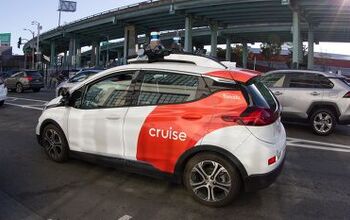


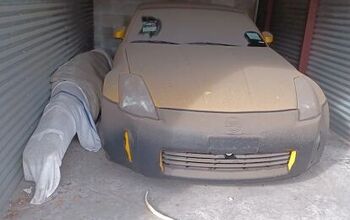
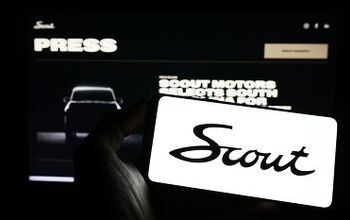
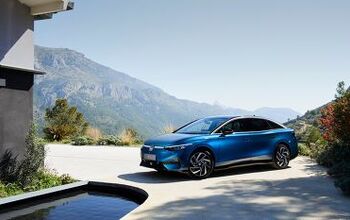

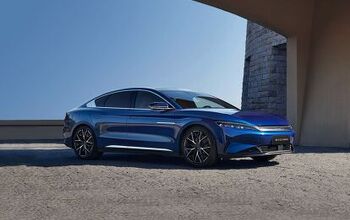

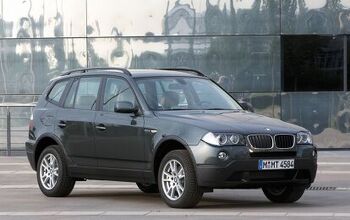
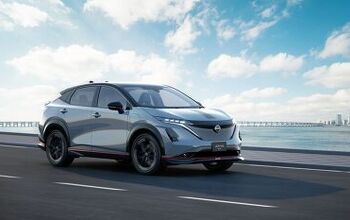
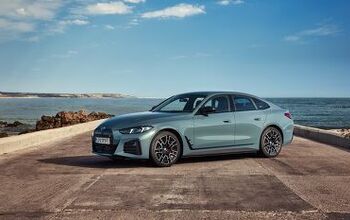



Comments
Join the conversation
Clearly this study is flawed in many ways, but it does highlight one question certainly worth asking: Where *does* all that worn tread go? As the tire wears down the particles of rubber have to end up someplace or there would be black dust built up on the side of highways much the way you see sand. Some no doubt runs down the storm drains but you still don't find black bits in the storm system...does it degrade to something else? Blow away? Brake dust: I use a subway station that has two platforms that have been out of service for years. They are covered with a 1/4 inch of brown dust from the train brakes. So all that friction material ends up somewhere as well. Brake material is likely pretty resistant to degradation so it ends up being visible, at least in this case. So, as flawed as this study may be, questioning where all this stuff ends up is not unfair to ask. Anybody who lives near a busy street is well aware of the black dust that ends up on the window sills of their house. Is that from the above issues? The pavement? Ultimately all that dust is getting sucked into your lungs.
Burnouts are pretty stupid though.